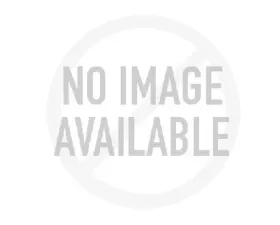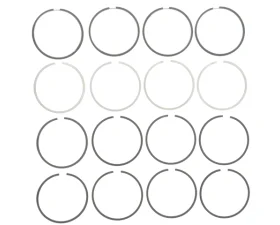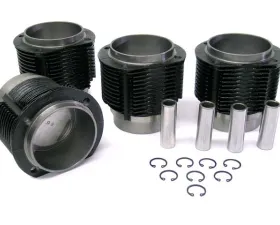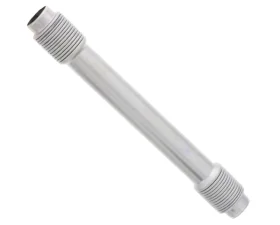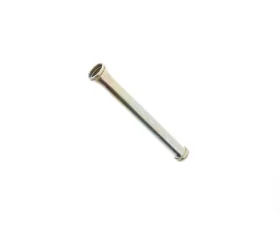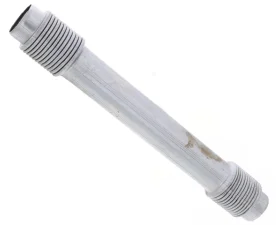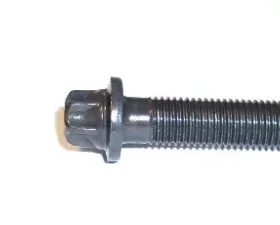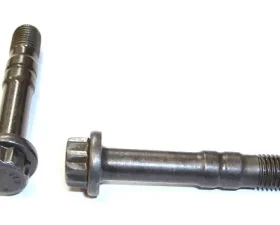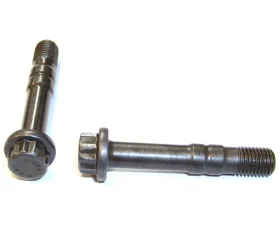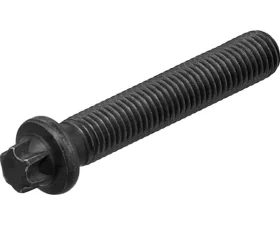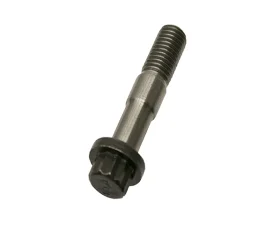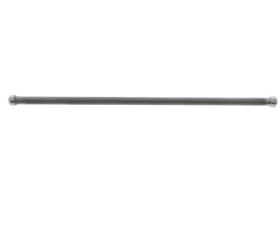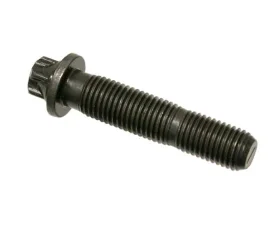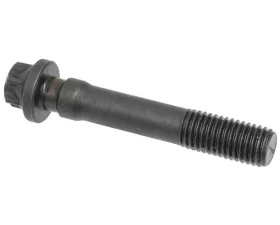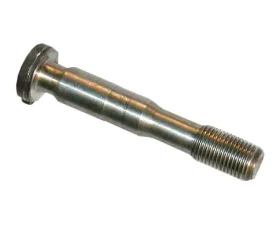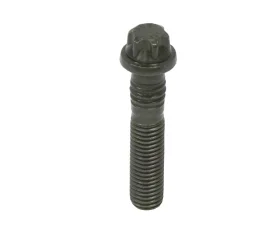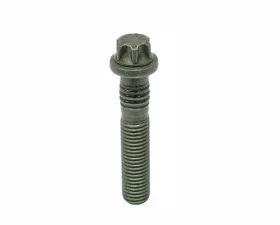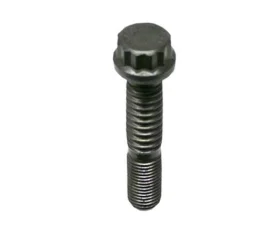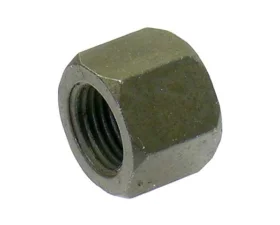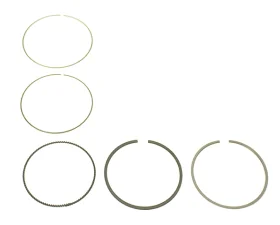Pistons | Rods
AA Performance Products Engine Piston Set 311-198-069 F
AA Performance Products Piston and Cylinder Set 99 0174 912

OEM Automotive Piston, Rings, and Connecting Rods
Piston parts, unlike materials and design, do not differ from one piston to the next. They are identical, except for their sizes. Piston components range widely from the section that surrounds the combustion chamber to the end that attaches to the crankshaft. These components come together to form the piston assembly.
Function of Piston
The piston's job is to operate as a moving plug in the cylinder, forming the combustion chamber's bottom half. Because the piston and the cylinder wall have a gas-tight seal, the only way for the hot combustion gases to grow is to force the piston down. The idea is similar to that of a cannonball, only instead of shooting off onto someone's favorite pirate ship, the piston is forced back up the cylinder by the spinning crankshaft, and the cycle repeats.
The movement of the piston assembly accounts for almost 60% of the friction within the engine; hence this is a primary emphasis for increasing engine efficiency. As we'll see in a moment, the piston is currently undergoing development and research. Huge forces are generated as a piston moves up and down and changes its direction. Because a lighter piston arrangement has less momentum, it exerts less effort and allows engines to run at higher RPMs. This implies a continuous push to make the connecting rod and piston lighter.
The pistons are the mechanical elements that carry the pressure generated by combustion, which is then converted into vehicle speed. The connecting rods connect the pistons to the crankshaft, translating the reciprocating movement of the pistons to the rotational motion of the crankshaft, which spins the axle shafts, transmission gears and eventually the wheels.
How are pistons manufactured?
Aluminum alloy pistons are cast or forged. Forged pistons are typically utilized in harsh conditions such as racing because the forging process improves excellent resistance to damage. The piston rings are seated in grooves near the piston's top, known as the head. The most common design consists of two compression rings with a third ring beneath them. Most oil rings are upper and lower rails with a tension keeper in the middle.
A connecting rod comprises two parts: a tiny end joined to the piston by a wrist pin and a big end divided and connected to the crankshaft throw by a beam. Most connecting rods are now forged from powder metal cast or steel. The wrist pin can be pressed into the rod's small end bore or left "floating" and free to revolve. The rod cap is the bottom half of the split big end bore. The bore is designed to receive simple bearings that ride on a thin layer of pressurized oil on the crank journal. Bolts that thread into the rod or bolts and nuts hold the cap in place.
The space between the lower ring groove and the piston base is known as the piston skirt. The piston's bearing area comes into contact with the cylinder wall. Scuffing in this location is caused by the lack of lubrication or a lack of clearance caused by bore distortion. Many pistons now have moly coated skirts to minimize friction and avoid scuffing. Because of the millions of direction reverses it experiences during normal operating conditions, the connecting rod big end bore is prone to stretching. Rods can also bend or twist, resulting in unusual wear patterns on piston skirts and rod bearings.
The composition of the ring is determined by means and the location of the ring on the piston. Top rings are made of malleable iron or steel with a plasma molybdenum or chromium face treatment to withstand the heat. Chrome-faced rings are extremely robust and perfect for engines subjected to dust. Second rings are less heat-sensitive and can be built of cast iron. The cylinder wall finish should complement the ring for optimum ring seal. When the piston and rings are put in the cylinder, the compression rings are divided to make installation easier, leaving gaps. Excessive blow-by can occur if this gap is not within limits.
Find High-Quality OEM Piston, Rings, and Rods Only at Vivid Racing
From fitment help from our in-house experts to shipping packages, we'll take care of you and your OEM Piston, Rings, and Rods every step of the way. We know how much of a financial investment you're making in a set of Piston Rods or accessories and upgrades. In return, we'll deliver service and product that is second to none.
At Vivid Racing, we love cars. They are our vice in life. We love the automotive community and love our customers who think like us.
Finding a perfect aftermarket product is not an easy job. We fully understand it, and we are here to help you find the best modifications for your car.
We specialize in double takes! Our passion is simply helping you build the car you always dreamed of. Everyone has their favorite look, color, effect, and desires, and we are here to help you achieve your goal.
Vivid Racing ensures that they meet the customer's expectations regarding quality, size, and strength.
The company always provides quality OEM Piston, Rings, and Rods for applications where you need speed and good looks.
Vivid Racingcarries high-performance parts for almost any need. Click these links to choose from our selection ofBody Kits,Big Brake Kits,Seats,Custom WheelsandTires,Engine Parts,Exhaust Parts,Intakes,Suspension,andTransmission Parts.
Buying fromVivid Racingis the best choice you can make. We back every part we sell with our guarantee of satisfaction.
Buy online or give one of our world-class sales professionals a call at 1-480-966-3040. If you don't see what you are looking for, Call Us.
We can help.Vivid Racingwas voted #1 in customer service nationwide!
Hands-On Experience and Professionalism are what make us the best.
LOOKING FOR OEM PARTS?We can help.
Are you tired of paying overly inflated prices that the dealers charge for their parts?Vivid Racingcan save you up to 60% off the dealers' prices. Click here to visit ourOEM PARTS STORE.
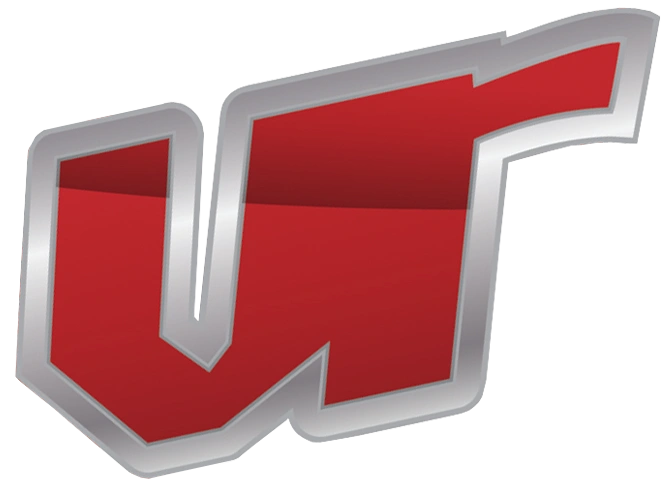
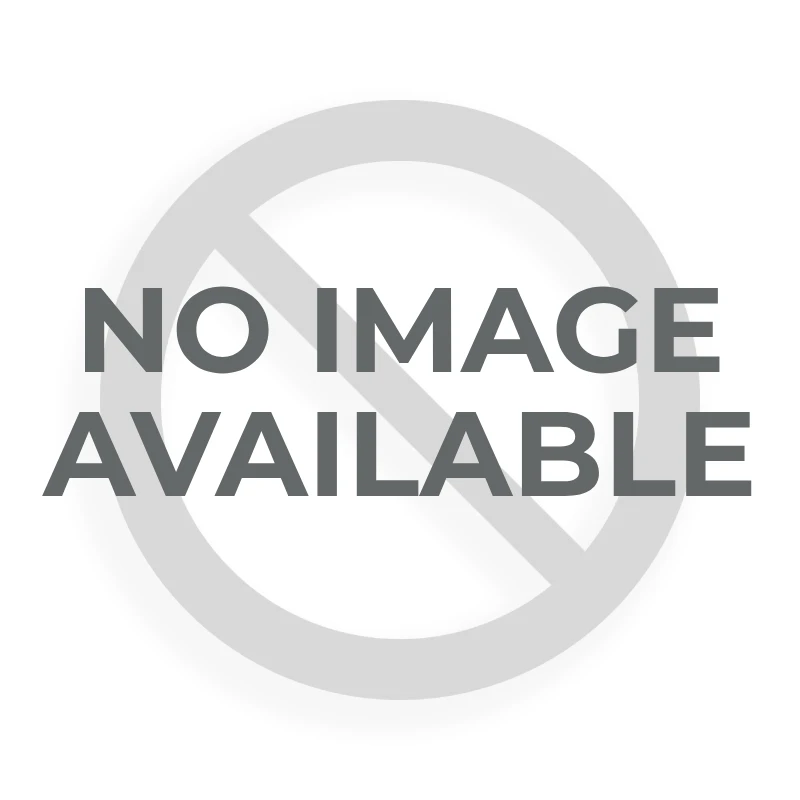.jpeg?q=90&p=thumb&w=200&h=200)
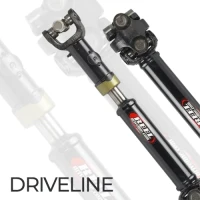
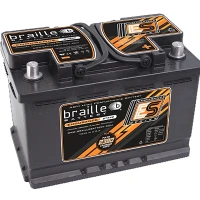
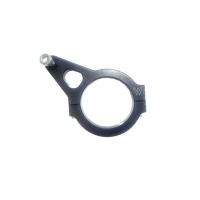
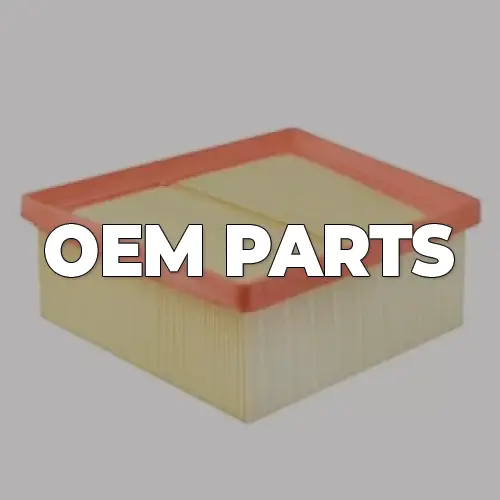

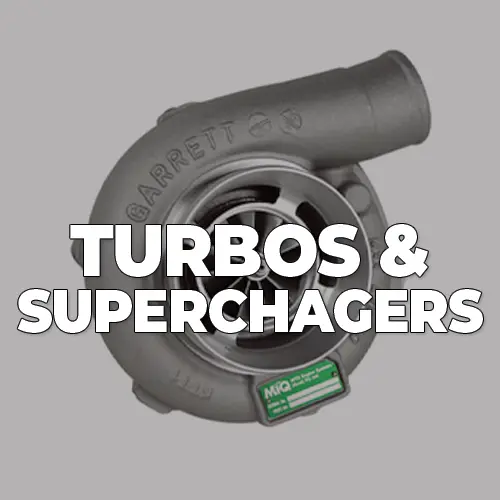

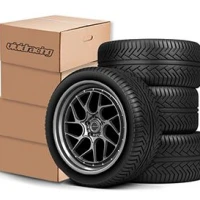

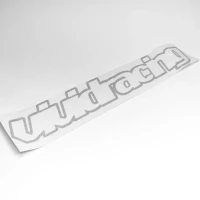
.jpeg?q=90&p=thumb&w=40&h=40) Brakes
Brakes  Driveline
Driveline  Electronics
Electronics  Handlebars & Controls
Handlebars & Controls  Package Deals
Package Deals  Wheel Accessories
Wheel Accessories  Wheels by Vehicle
Wheels by Vehicle  Universal & Repair
Universal & Repair  Vivid Racing Gear
Vivid Racing Gear 